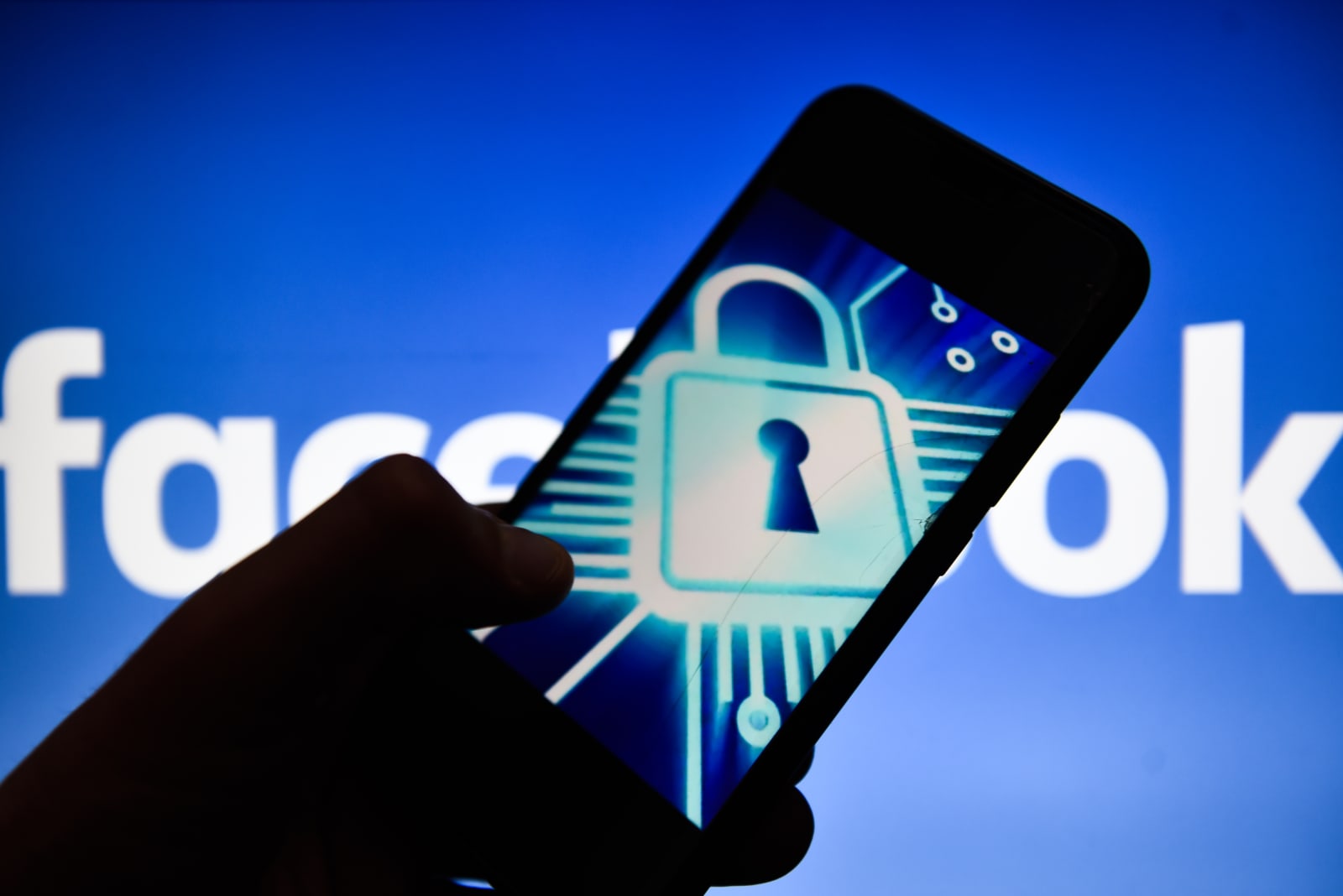Apple Pay is one of the most popular digital payment services in the world, allowing users to buy stuff on iOS apps, the web and in real life. You can use it to pay with your iPhone, Apple Watch, iPad and Mac, and it's accepted by thousands upon thousands of retailers. The cool thing about Apple Pay is that it actually digitizes debit/credit card chips, giving people the option of contactless payments. All you have to do is put your phone or watch up to the terminal.
However, you can’t do any of that stuff until you set up Apple Pay on your device. Here’s how to do just that.
How to set up Apple Pay on an iPhone
Apple Pay was originally envisioned as a mobile-only platform, so getting it set up on your iPhone will help you with every other device you own. To set up Apple Pay on your phone, add a debit or credit card to the Wallet app.
1. Open the Wallet app on your iPhone. Look for a colorful wallet icon or search the phone’s contents to find it.
2. Tap the Add Card button. You may be prompted to sign in with your Apple ID, so do that.
3. Select the card. The app will ask you what kind of card you’re entering, so click on Debit or Credit.
4. Enter the card information. You can do this manually or by positioning the card so that it appears in the camera frame. This enables the phone to snap a photo of the card.
5. You can also click on Previous Cards. Clicking on Previous Cards lets you choose any cards you’ve used in the past to bring them into Apple Pay. You’ll get a list of possible cards via purchases made with your Apple ID and Safari AutoFill. Once you tap on a card, authenticate with Face ID or Touch ID.
6. Consider other options. Apple Pay also lets you enter driver’s licenses, state IDs and transit cards.
7. Finish up. Once finished, head to Settings to make final adjustments. Tap your preferred option as to how you want your card to appear. You can make it so cards show up on the screen when you double-click the side button or the home button.
8. That’s it. Now you can buy stuff by pulling up a digital replica of your card.
How to set up Apple Pay on an Apple Watch
Apple Watch integrates with Apple Pay for an incredibly convenient payment option, as you don’t even need your phone nearby. Here’s how to get set up on your smartwatch.
1. Grab your phone. This process is quicker if you already have a card entered into your iPhone, but we’ll walk you through both procedures.
2. Head to the Watch app. If you already have a card stored, open up the Watch app. Tap My Watch and then Wallet & Apple Pay.
3. You should see a list of available cards. Tap Add next to the card you want and then enter the CVV, which is the number on the back. That’s it. You should be able to use your watch to make payments.
4. Open the Wallet app on your watch. If you’re entering a card manually on the actual watch, start by opening up the Wallet app. Tap the More Options button and then Add Card.
5. Enter card details. Follow on the on-screen prompts to enter your various card details.
6. Finish up. Once finished, head back into the Wallet app. Tap More Options, followed by Default Card. Look for the card you just entered and tap it to set it as the default. You’re good to go.
How to set up Apple Pay on an iPad
The iPad is basically a big iPhone, so the set-up process is similar. You can’t use Apple’s tablet at a physical payment terminal, but it’s a great option for making online purchases.
1. Open up Settings. Head to Settings and tap Wallet & Apple Pay.
2. Tap Add Card. You may be asked to sign in with your Apple ID. Have your login credentials handy.
3. Tap Debit or Credit Card and then Continue. Just like with the iPhone, you can enter card details manually or let the tablet’s camera snap a photo of the card.
4. Consider previously-used cards. You can also click on Previous Cards and select cards that you’ve used in the past. This will bring up a list of possible cards. Tap on a card and authenticate with Touch ID.
How to set up Apple Pay on a Mac
Mac laptops and desktops are also a no-go for physical sales terminals, for obvious reasons. However, it’s still useful to have Apple Pay as an option when buying stuff online. Here’s how to get set up.
1. Head to System Settings. On your Mac, head to System Settings. Next, click Wallet & Apple Pay.
2. Click on Add Card. You’ll be asked to sign in with your Apple ID. Enter your credentials and then return to Wallet & Apple Pay.
3. Enter card details. Click Enter Card Details Manually and input your payment information in the appropriate fields, or position the card in front of your computer’s camera so it appears in frame. The computer will snap a photo and record all relevant data. Double-check to make sure everything looks right.
4. You can also use a card that’s already on file with Apple. You should see a list of cards you previously entered for use on the iTunes Store or the App Store. Click on the desired card and enter the security code when asked.
5. That’s all there is to it. Keep an eye on your Apple ID account. If you sign out of your account to let someone else use the computer, you may have to set up Apple Pay again.
That’s it. Apple Pay is set up and ready to go. We also whipped up a guide on how to use the service once set up.
This article originally appeared on Engadget at https://www.engadget.com/how-to-set-up-apple-pay-on-your-iphone-plus-all-other-apple-devices-130011932.html?src=rss The creators of 'The Dark Crystal: Age of Resistance' just loved throwing puppets
Liz Shannon Miller,
The Verge
Netflix's Dark Crystal prequel series debuted this week, offering fans another look at the world created by Jim Henson and Frank Oz. Th...
The creators of 'The Dark Crystal: Age of Resistance' just loved throwing puppets
Liz Shannon Miller,
The Verge
Netflix's Dark Crystal prequel series debuted this week, offering fans another look at the world created by Jim Henson and Frank Oz. Th...
 We might think that stolen credit cards and personal information only get traded on the dark web, but the information is moving in plain sight on Facebook. According to intelligence firm Cisco Talos, there are dozens of groups on the social network t...
We might think that stolen credit cards and personal information only get traded on the dark web, but the information is moving in plain sight on Facebook. According to intelligence firm Cisco Talos, there are dozens of groups on the social network t...

